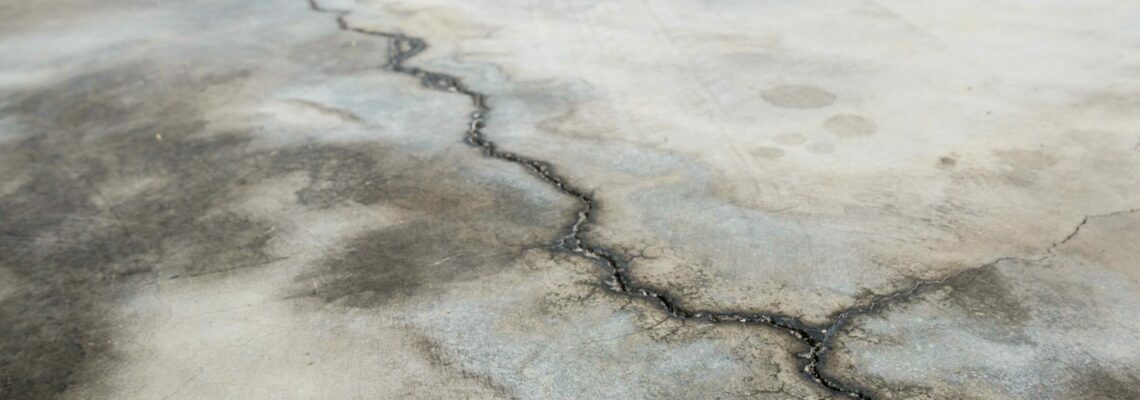Most people assume concrete is so durable that getting water on a concrete floor shouldn’t be a big deal and assume it’ll just dry. Unfortunately concrete with water damage in Springfield Missouri can be a severe issue and lead to structural issues, mold, and more if it’s not handled quickly.
What Can Cause Concrete Water Damage?
The most common reason that concrete is damaged by water is that it’s not properly waterproofed. This can end up leading to issues with the structural integrity of the concrete around it, spreading the damage and leading to further issues.
Concrete can also be damaged by water if there are cracks that allow water to enter the concrete and cause it to degrade. This can happen because of tree roots growing nearby, plumbing leaks, and pooling water from other types of leaks.
Concrete flooring is more likely to have water damage because it is porous, and the water can seep into it, causing damage deep inside. This is more commonly seen in crawl spaces and basements that have a concrete foundation. Proper waterproofing can help prevent damage and keep the concrete dry.
Determine if Concrete is Wet
Dry concrete will appear dull and look lighter. If the concrete is wet, it’ll be glossy and have a darker color. A moisture meter is a more accurate way to determine if the concrete is wet. The meter measures the amount of water inside the concrete, so it’s possible to see just how much water is in the concrete.
To use a moisture meter, insert the prongs into the concrete and read the results. Anything higher than 10 means there is water in the cement, and the higher the number is, the more water there is in the concrete.
Addressing the Water Damage
Identifying the source of the water intrusion and repairing it is necessary before the concrete can be fixed. If there is a flooding caused by heavy storms, it may be necessary to work with a water damage restoration company to remove any standing water and deal with the water damage to the concrete before it gets worse or leads to mold growth.
Repairing the Concrete
Patches can be used if the amount of water damage is minimal. Fixing the concrete can be done if there are minor cracks or holes in the cement. Clean the area thoroughly and remove any standing water.
Rinse the concrete and allow it to dry, then remove any loose concrete pieces. Mix the mortar according to the instructions and apply with a trowel. Allow it to cure for 24 to 48 hours. If the water damage is more extensive, it may be necessary to replace the concrete instead of repairing it.
Water damage can be incredibly serious for cement surfaces, so it needs to be handled as soon as it’s noticed. The right help can prevent the issue from getting worse and minimize potential problems like mold.
If your home ever has water-damaged concrete, call the professionals at PuroClean Certified Restoration. They will make sure the repair work is done right.


